


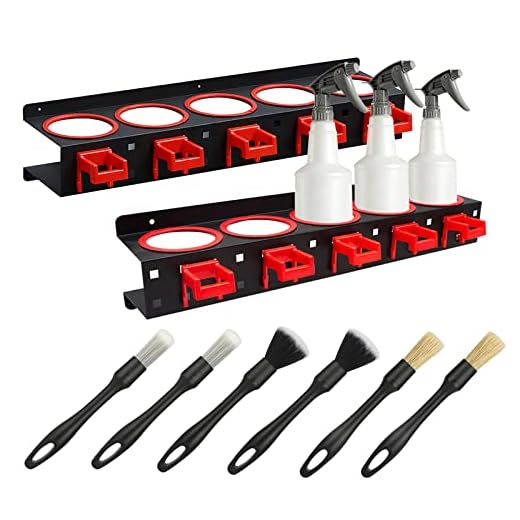
Absolutely not, when used correctly. High-performance cleaning devices can effectively remove dirt and grime from your vehicle without harming its outer layer. The key lies in understanding the appropriate settings and techniques to apply.
Use a wide-angle nozzle to disperse the water stream, reducing the intensity of the impact on surfaces. Keeping a safe distance of at least 2 feet from the finish ensures you won’t inadvertently remove protective coatings. For stubborn spots, consider gently treating the area beforehand with a suitable automotive-safe detergent.
It’s crucial to adjust the settings based on the type of vehicle surface. For instance, delicate finishes, such as those on luxury models, require a lower pressure setting. When in doubt, testing on a less visible area can prevent any unforeseen issues.
Furthermore, exercising caution with water temperature is essential; lukewarm to cold water is sufficient for most cleaning tasks. Always rinse thoroughly to avoid soap residues, which can dull the shine and potentially harm the finish over time. In my extensive experience, adhering to these practices will lead to a pristine vehicle without compromising its protective layer.
Impact of High-Pressure Cleaning on Automotive Surface
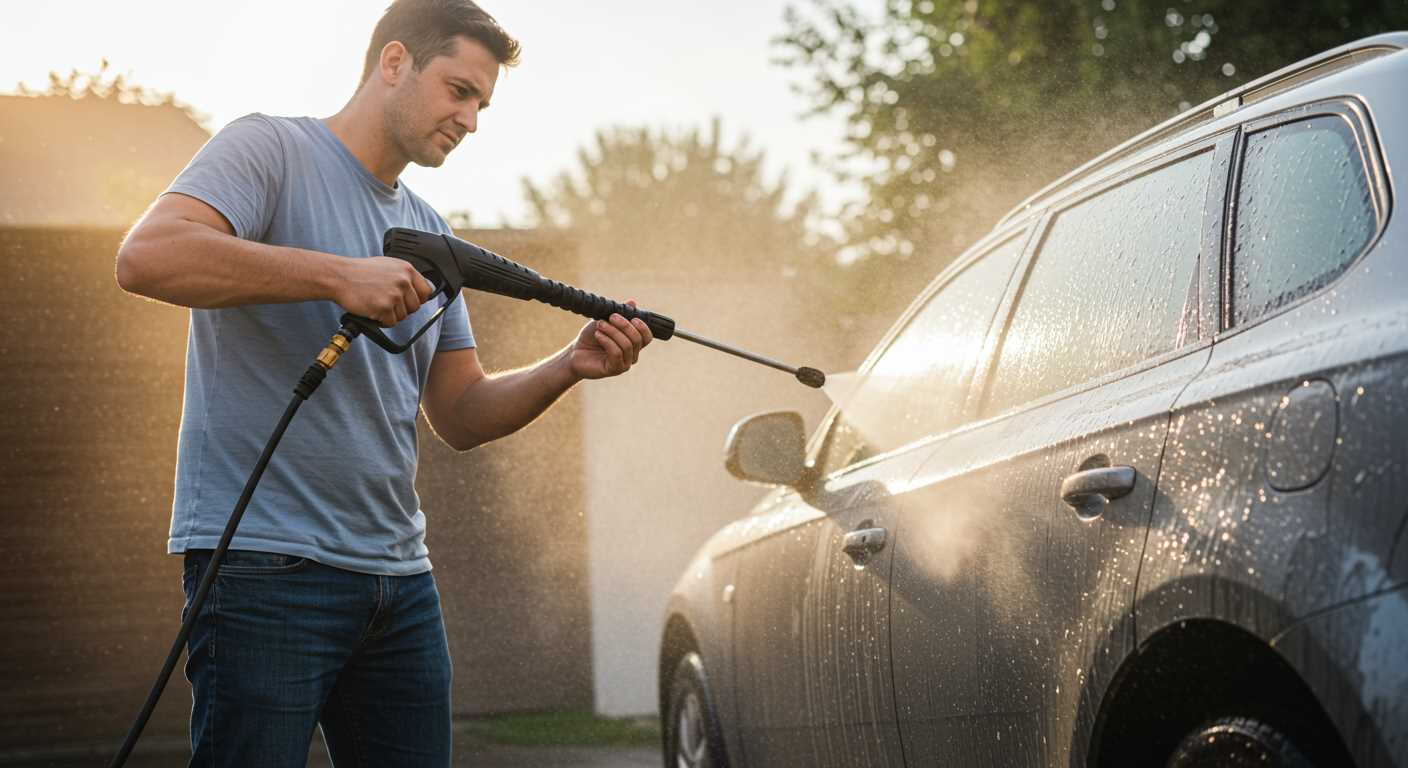
It’s crucial to avoid high-pressure cleaning at close range. Maintain a distance of at least 2 feet from the automotive surface to reduce the risk of harmful effects. Use a wide spray nozzle rather than a concentrated jet to help disperse the force, making it less likely to affect the finish adversely.
Recommended Techniques
- Begin from the top and work your way down to allow gravity to assist in dirt removal.
- Utilise a cleaning solution specifically designed for automotive surfaces before rinsing.
- Avoid directing the stream at any seams, edges, or decals, which are more susceptible to being compromised.
Protective Measures
Before initiating any cleaning procedure, consider applying a wax or sealant to enhance the protective layer on the finish. This can minimise potential risks significantly. Additionally, inspect the surface for any imperfections or existing damage that could be exacerbated by high-velocity liquid streams.
- Check for chips or scratches which may require attention prior to using high-velocity cleaning.
- Always allow the surface to cool before starting to prevent thermal shock, which can exacerbate issues.
Understanding Pressure Washer Settings for Car Cleaning
Always select a lower setting for optimal results. Aim for 1200 to 1900 PSI when cleaning automotive surfaces. Higher pressures risk harming finishes and trim. Use a fan spray nozzle to spread water evenly without concentrating force on one spot.
Prior to any cleaning, rinse away loose debris to prevent scratches. Adjust the distance between the nozzle and the surface; maintaining 2 to 3 feet is advisable. This distance reduces impact and allows for a gentler wash.
Temperature settings can greatly influence cleaning efficiency. Use warm water to increase soap effectiveness and break down grime. If your equipment supports it, select mild detergent designed for vehicles to enhance cleaning without risk.
Avoid direct spraying on vulnerable areas, including edges and seams. Use hand washing in those regions instead, as it’s safer and reduces potential harm. Apply soap suds through the washer for an even clean and then rinse thoroughly from a safe distance.
Following these guidelines can transform your experience into a safe and effective cleaning session. Continuous observation during the process ensures adjustments can be made immediately if needed, preserving your vehicle’s appearance.
Choosing the Right Nozzle for Car Exterior
Select a fan nozzle with a wide spray pattern, typically 25 to 40 degrees, for the exterior detailing of your vehicle. This type provides sufficient coverage while reducing the risk of harm to the surface. A 25-degree nozzle strikes a balance between cleaning efficiency and gentleness, ideal for removing dirt without stripping wax or sealants.
For tough grime, consider a rotating nozzle that enhances cleaning power through its swirling action. However, use it cautiously; maintain a distance of at least 2 feet to prevent any unintended consequences. This will allow for effective cleaning without excessive force on the finish.
Understanding Different Nozzle Types
Fan nozzles are your go-to options for general cleaning. The 40-degree variant is particularly suitable for delicate surfaces, providing a gentle wash. For areas like wheel arches or exhaust tips where grime tends to build up, a 15-degree nozzle may be used, but keep it at a safe distance to minimise risk.
Sometimes, a foaming nozzle may be advisable for pre-soaking your vehicle before the main wash. This method allows cleaning agents to dwell longer on the surface, enhancing their effectiveness without the harshness of direct water pressure.
Adjustments for Optimal Cleaning
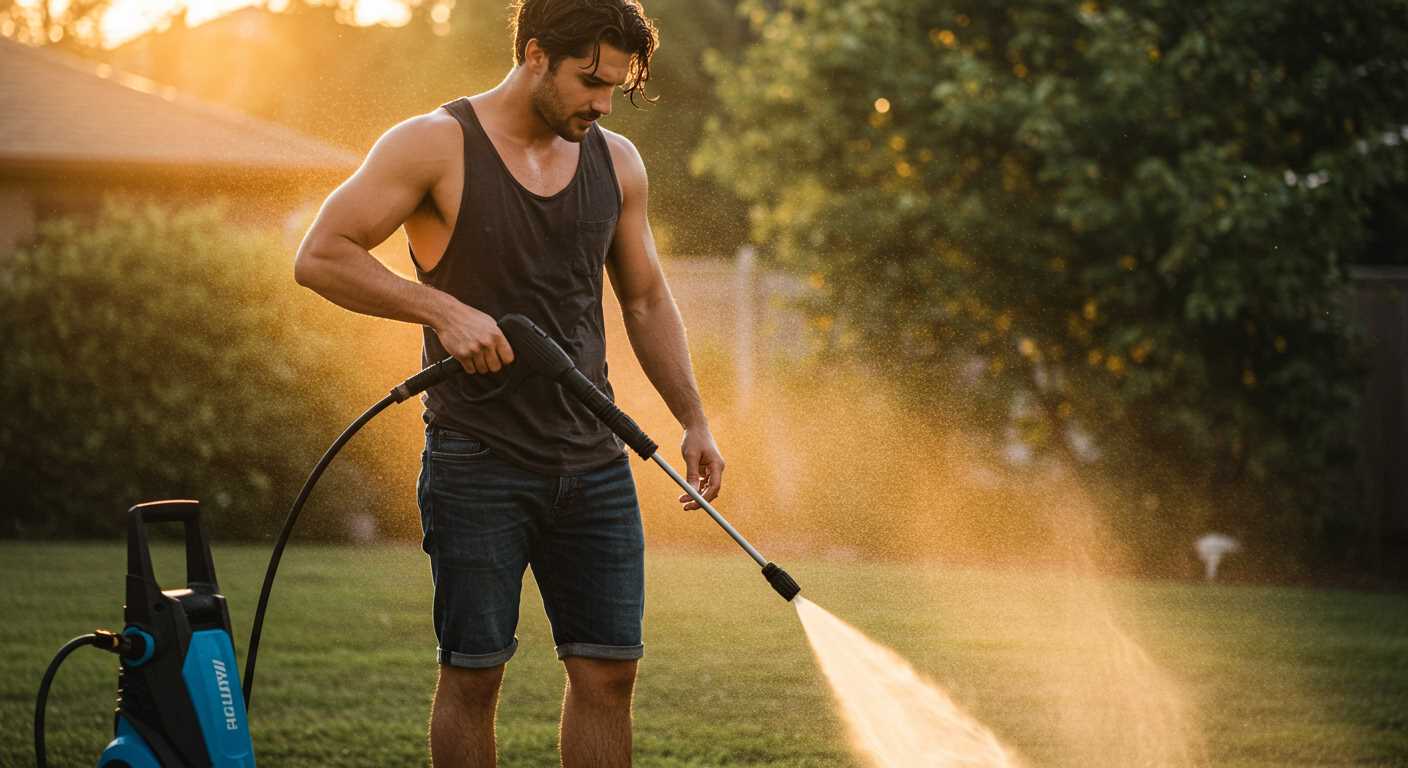
Additionally, adjust the distance as you clean. Staying around 2 to 3 feet away from the surface helps maintain a safe approach while effectively rinsing away contaminants. Always test the nozzle on a less visible area first to ensure compatibility with your vehicle’s finish.
In summary, employing the right nozzle and adjusting your technique will ensure that your vehicle remains pristine without compromising its exterior integrity.
Impact of Water Pressure on Different Paint Types
For automobile finishes, the level of water force applied can significantly influence the surface quality. It’s crucial to select the correct specifications based on the type of exterior coating. Here’s a detailed overview of how various finishes can withstand water impacts.
Standard Clear Coats
Most vehicles feature a clear coat that protects the colour beneath it. Typically, these coatings can endure forces up to 1500 PSI without adverse effects. Exceeding this threshold risks chipping or dulling the gloss. For optimal care, maintain a distance of at least 2 feet while spraying.
Matte Finishes
Matte coatings are particularly sensitive to high impacts. I recommend using a force below 1200 PSI, as stronger jets can result in unwanted gloss spots or surface abrasions. A gentle touch is essential; always keep a safe distance and focus on softer, sweeping motions.
Metallic and Pearlescent Finishes
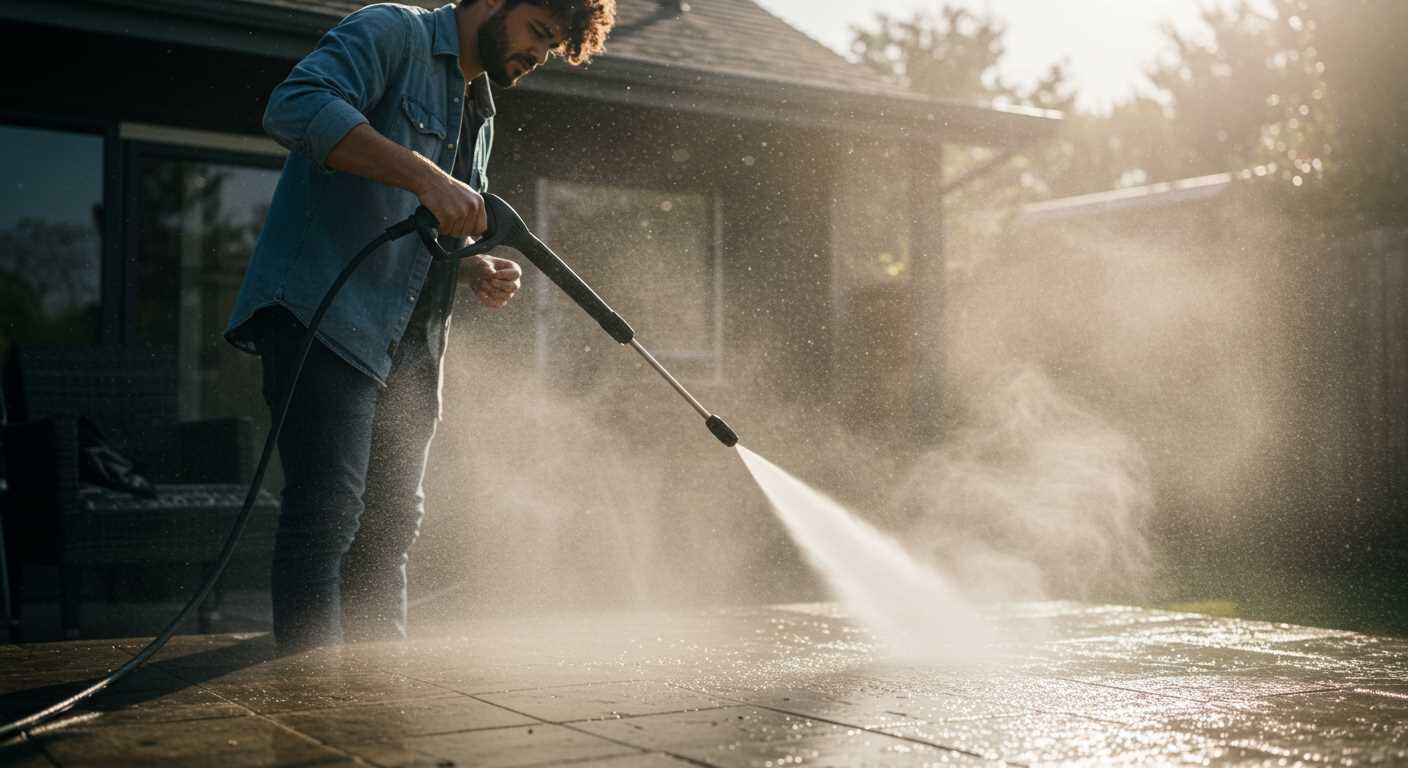
These finishes incorporate reflective particles, making them visually striking. However, they can be less tolerant to intense sprays. Maintain pressures around 1300 to 1600 PSI, but be wary of close distances, which can cause uneven gloss. Therefore, a widely dispersed angle is advisable when cleaning.
| Finish Type | Recommended Pressure (PSI) | Distance Recommendations |
|---|---|---|
| Standard Clear Coat | Up to 1500 | 2 feet minimum |
| Matte Finish | Below 1200 | At least 2 feet, avoid direct contact |
| Metallic/Pearlescent Finish | 1300 – 1600 | Wide dispersal angle |
Understanding these dynamics will help preserve the integrity of the vehicle’s exterior while achieving a thorough clean. Ensuring the correct application of force relative to the finish type is paramount in maintaining aesthetics.
Common Mistakes While Using a Pressure Washer on Vehicles
One of the most frequent errors is getting too close to the surface, as this can result in unintentional abrasions. Keeping a safe distance of at least two feet ensures thorough cleaning without contributing to surface harm.
Another mistake is using the wrong attachment or nozzle. Using a narrow or concentrated tip can increase the risk of scratching or stripping layers. Opt for a wider fan spray to distribute the force evenly, minimising risks.
Many neglect to pre-rinse their vehicles. Dirt and grime can act as abrasives, especially under high force; a gentle pre-rinse effectively loosens debris, enhancing the cleaning effectiveness while protecting the surface.
Ignoring Temperature Settings
Utilising water at an excessively high temperature can also affect the protective coatings. It’s advisable to use warm water, as it can assist in lifting dirt without compromising vehicle finishes.
Overusing Cleaning Solutions
Saturating surfaces with too many chemicals can lead to residue buildup, which can dull the finish over time. Always dilute cleaning agents according to the manufacturer’s instructions and apply them judiciously.
How Distance from the Car Affects Paint Protection
Maintaining the right distance from the vehicle during cleaning procedures is vital for safeguarding its exterior. Ideally, the nozzle should be positioned between 2 to 3 feet away from the surface. This distance minimises the risk of abrasive damage while ensuring effective removal of dirt and grime.
Key Points to Consider
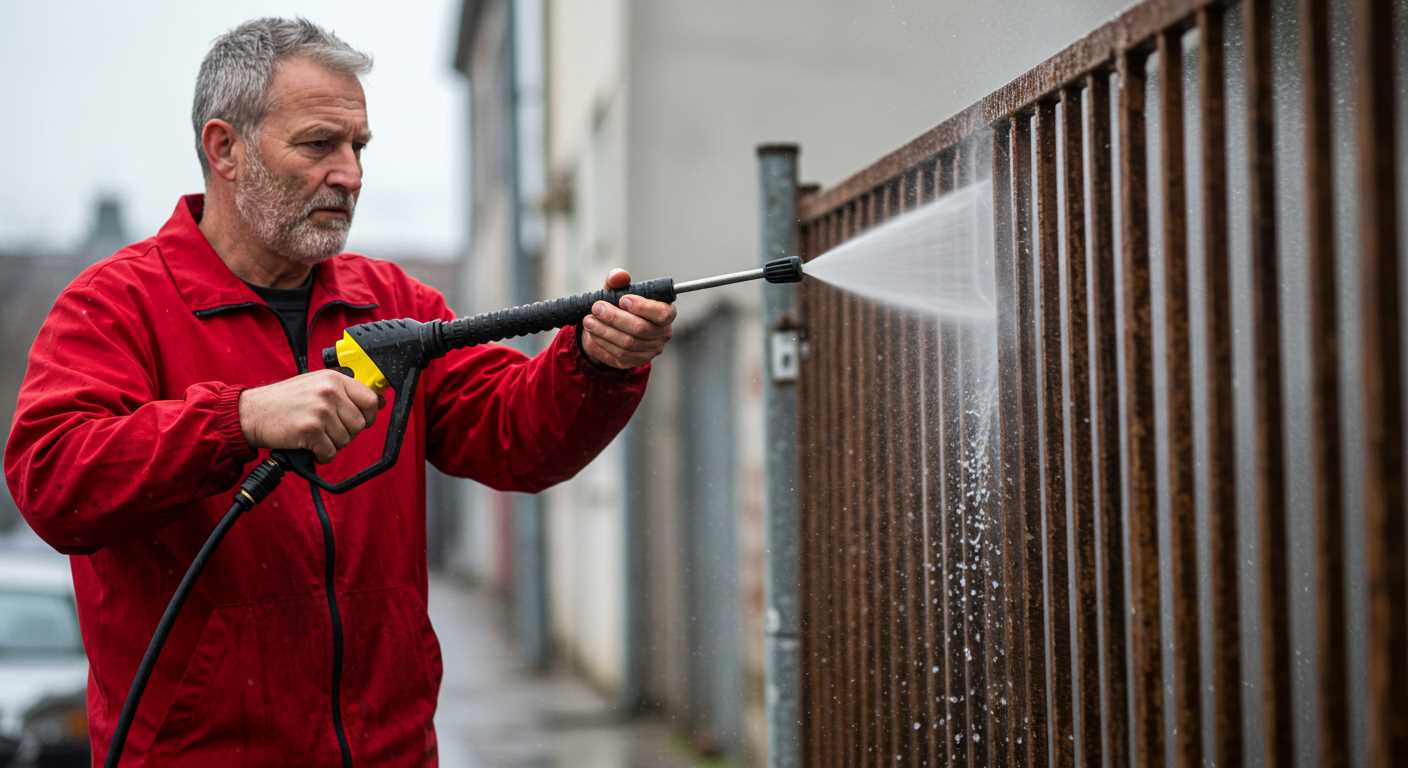
- Maintaining a minimum distance of 2 feet prevents concentrated bursts of water from harming the finish.
- For optimal results, adjust the distance based on the nozzle type and water flow. A fan spray pattern requires more distance than a direct stream.
- Experimenting with distances helps find the sweet spot that cleans effectively without risking wear.
Recommended Techniques
- Begin at a safe distance and gradually decrease as needed to observe the impact on the surface.
- Make sweeping, side-to-side motions to distribute water evenly across the bodywork.
- Pay particular attention to edges and curves where debris accumulates and adjust your distance accordingly.
By adhering to these guidelines, you can clean efficiently while preserving the integrity of the vehicle’s exterior.
Recommended Cleaning Solutions for Pressure Washing Vehicles
For optimal results while using high-pressure cleaning equipment, it is essential to choose the right cleaning solutions. I recommend using a pH-neutral detergent specifically designed for automotive finishes. Such products effectively break down grime and road residue without harming the surface’s protective layer.
Suitable Solutions
Here are a few effective cleaners I have found useful during my extensive tests:
- Car Shampoo Concentrates: These are formulated to lift dirt and contaminants without leaving streaks.
- Foam Cannons: Using a foam cannon with a vehicle-specific shampoo enhances coverage and provides a lubricated layer to prevent scratching during rinsing.
- Biodegradable Cleaners: Options that are eco-friendly help preserve your vehicle’s finish and the environment.
Application Tips
When applying the solution, always start from the top and work your way down. This prevents dirty water from running down onto cleaner surfaces. Allow the cleaning agent to dwell for a few minutes as per the manufacturer’s instructions, which allows it to penetrate and lift stubborn contaminants.
After applying, ensure thorough rinsing to remove all residues. Any leftover detergent can lead to uneven surfaces or streaks post-cleaning. For best outcomes, always double-check the compatibility of the solution with your specific vehicle material to uphold its appearance and longevity.
Signs of Paint Damage After Pressure Washing
After using a high-powered cleaning unit, inspect the surface closely for any signs of harm. Look for uneven gloss levels which may indicate stripped clear coat. A cloudy or dull appearance can also suggest potential surface issues resulting from improper technique or excessive force.
Check for chipping or flaking where small sections of the finish have come off. This can occur when water jets hit loose debris that impacts the external layer. If you notice any discolouration or light spots, this might be a sign of underlying layers being exposed or altered.
Testing for Surface Integrity
Run your fingers over the cleaned areas. If you feel rough patches or see fuzzy textures, the surface may be compromised. Conduct a water bead test; poor beading suggests a damaged exterior that cannot repel moisture effectively. If the water spreads rather than forming beads, further action may be required to restore the protective elements.
Professional Assessment
If in doubt, consult a professional for a thorough examination. They can utilise advanced techniques to determine the extent of any harm and recommend suitable restoration options to maintain the vehicle’s appearance and value.









